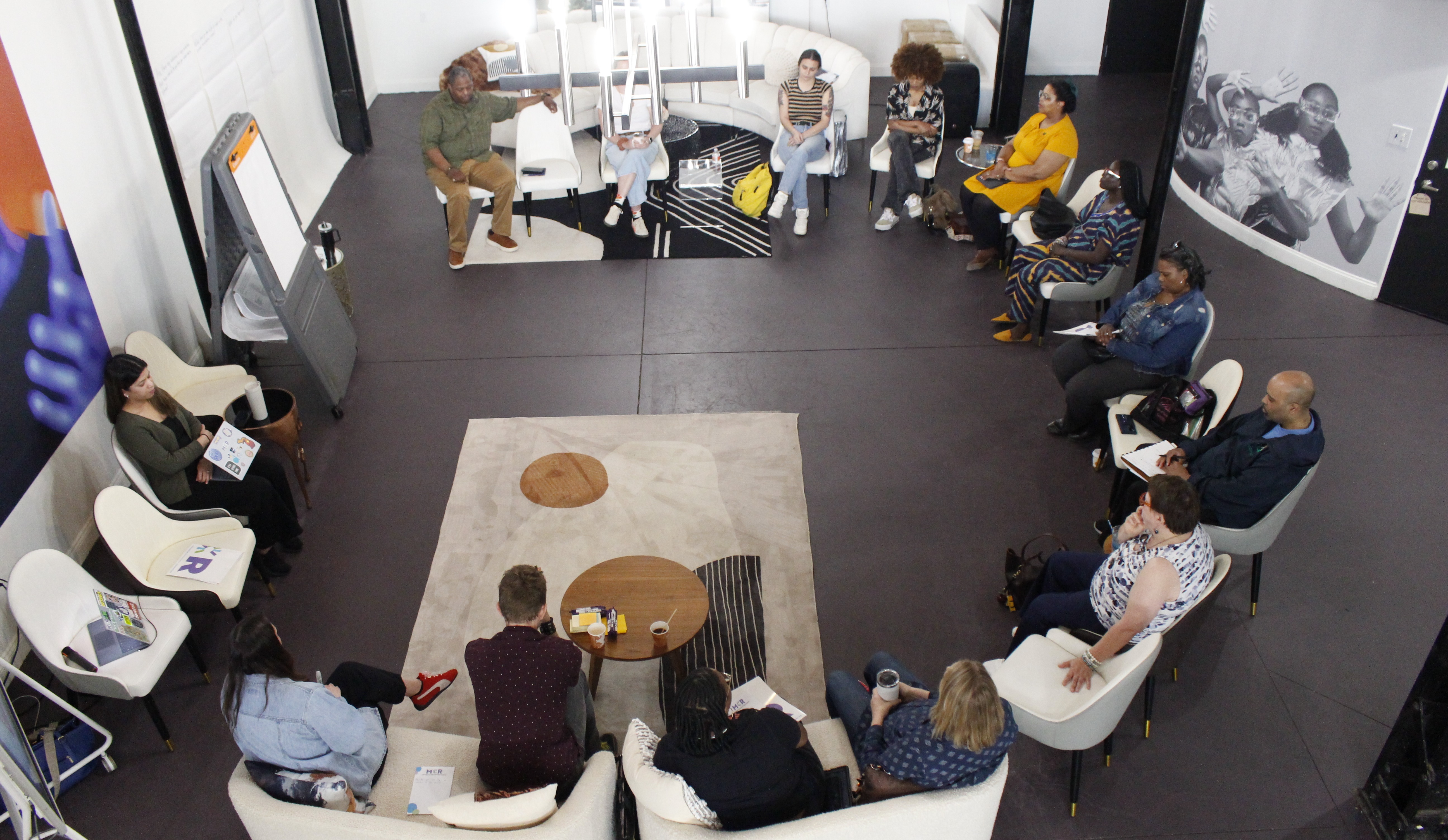5 Nonprofit Challenges We Heard About in 2023
December 13, 2023
This is the first of a two-part deep dive covering some of the challenges we hear our clients face in the current nonprofit funding ecosystem. In early 2024, we will follow this up with proposals for solutions echoing the insights we've gained from working alongside community leaders and partners across the sector.
 by Matthew Schmitt
by Matthew Schmitt
As the program director for Resource Navigation at MCR, I’m frequently asked to explain my title. People are curious about what it means.
In some ways, Resource Navigation is about mapping connections between local nonprofit leaders and others that could be helpful in supporting their missions. That could mean linking them with other leaders who have walked through similar experiences, finding consultants and professionals who can help in specific ways, and helping them pursue new sources of funding.
But the best parts of this role are the moments when conversations turn into reminding people of the very incredible resources they already have—that they often have the right instincts, resiliency, ingenuity, and wisdom to make impactful changes together with their communities.
The Resource Navigation team at MCR also has the pleasure of supporting many cohorts of grantees in partnership with several funding partners. We come alongside as thought partners as cohort organizations work through the specifics of their funded projects, and we find additional supports to connect them to one another and to learn nonprofit management strategies together. This is the work where the MCR team learns from the strength of the whole, what’s working in philanthropy, and what we should dedicate advocacy towards changing.
HERE ARE THE TOP FIVE THINGS WE HAVE HEARD THROUGHOUT 2023:
 First, we are hearing that while funding innovative, community-facing projects carried out by nonprofits is important, the reality is that grants that serve that need are very competitive.
First, we are hearing that while funding innovative, community-facing projects carried out by nonprofits is important, the reality is that grants that serve that need are very competitive.
Often this means that these kinds of grants may be the only time a nonprofit will get money from that funder. Many early-stage nonprofits feel like they’re in a “chicken or the egg” situation in the highly competitive realm of receiving grants. Do we tout that we received a grant in hopes of getting another funder to want to hop on the bandwagon, or will they see that we just got a grant and pass over us because of it? We’ve seen people experience it all. This is a hard reality when an organization, already stretched thin, is weighing whether pursuing an opportunity is worth their time.
 The second major, recurring question is: could there be less, or even no, written reporting for grants received, especially for smaller staffed organizations? Reporting requirements take time and attention away from working directly in the community and achieving grant outcomes. Especially for organizations that don’t look like a traditional business, whether because of programmatic reasons or financial reasons, the requirements around written reporting often don’t reflect the nature of the work.
The second major, recurring question is: could there be less, or even no, written reporting for grants received, especially for smaller staffed organizations? Reporting requirements take time and attention away from working directly in the community and achieving grant outcomes. Especially for organizations that don’t look like a traditional business, whether because of programmatic reasons or financial reasons, the requirements around written reporting often don’t reflect the nature of the work. We also have heard a wish for more unrestricted funding, along with funding for specific backend administrative needs like board development, data management, and other things that are truly needed but not likely to make a splash in the same way as a ribbon cutting event at the opening of a new park.
We also have heard a wish for more unrestricted funding, along with funding for specific backend administrative needs like board development, data management, and other things that are truly needed but not likely to make a splash in the same way as a ribbon cutting event at the opening of a new park.
 Our clients also ask whether initial funding for a cool project could be a gateway to something more. Based on feedback we have been hearing from grantees and unfunded organizations alike, many were asking for more multi-year opportunities.
Our clients also ask whether initial funding for a cool project could be a gateway to something more. Based on feedback we have been hearing from grantees and unfunded organizations alike, many were asking for more multi-year opportunities.
 Could we find ways to promote collaboration without compromising funding? We’ve seen an increase in encouraging collaborations on grant announcements, but the reality is that it typically requires partnering organizations to divide up the funds instead of each getting the maximum amount. How can we promote sustainable partnerships between similar organizations without asking them to sacrifice the opportunity to access resources?
Could we find ways to promote collaboration without compromising funding? We’ve seen an increase in encouraging collaborations on grant announcements, but the reality is that it typically requires partnering organizations to divide up the funds instead of each getting the maximum amount. How can we promote sustainable partnerships between similar organizations without asking them to sacrifice the opportunity to access resources?
Grassroots nonprofits usually arise from an individual or community interest at addressing issues, so the perennial question always is: how can we help them become more and more self-sustaining? I often say that most people, when asked in third grade what they want to be when they grow up, do not say “a nonprofit leader.” Starting or working for nonprofits typically happens when people are pursuing something else, and along the way become aware of community needs not being met; needs they feel particularly drawn to wanting to do something about.
It's these stories of need that that help us to identify how we can be the most impactful in our work. In 2023, Michigan Community Resources continued our work toward creating access to resources for our grassroots and community-level clients.
In my next post, we'll explore solutions for commonly-faced challenges that echo the insights we've gained from working alongside community leaders and cross-sector partners.
You may also like
Recent Posts
Please note: Michigan Community Resources’ team is continuing to work remotely to minimize the spread of COVID-19. Our office will be closed until further notice. You can still reach our staff by phone and email.


